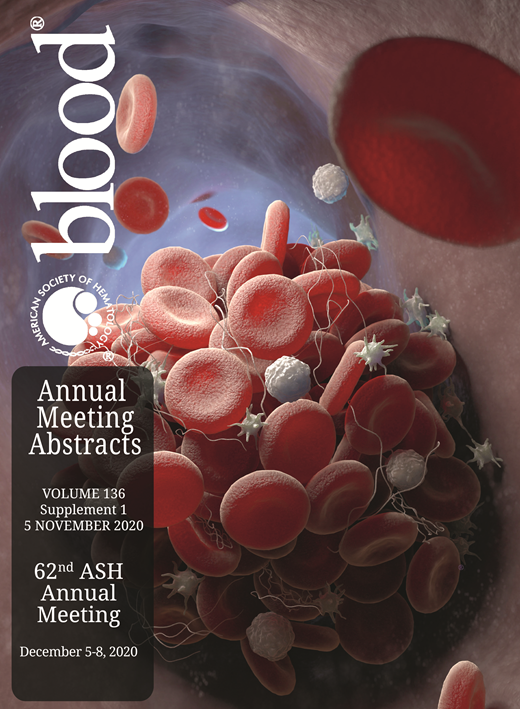Hepcidin is known as the master regulator of systemic iron homeostasis with reduction in synthesis leading to the development of iron overload. Hepcidin gene expression is negatively modulated by matriptase-2 (MT-2), a liver-specific type II transmembrane serine protease. MT-2 cleaves hemojuvelin (HJV), leading to the extracellular release of soluble HJV fragments and suppression of hepcidin expression. Loss-of-function of MT-2 leads to increased hepcidin expression, as has been established by human genetics (Finberg et al., 2008) and genetic mouse models (Du et al., 2008). Therefore, inhibition of MT-2 represents a potential therapeutic strategy for diseases caused by inappropriately low hepcidin leading to iron overload or where therapeutic iron restriction may be used to control excessive erythrocytosis.
Here we describe the characteristics of DISC-A, a potent (low nM Ki) small molecule MT-2 inhibitor for treatment of low hepcidin disorders, with a favorable pharmacokinetics profile in rats (Clp 6.4 ml/min/kg, and t ½ 4.6 hr) and monkeys (Clp 8.1 ml/min/kg, and t ½ 2.8 hr) and drug-like properties. DISC-A inhibits proteolytic activity of MT-2 expressed on the surface of transfected HEK293 cells and prevents shedding of MT-2 from the membrane (autocleavage). In addition, in MT-2 and HJV co-transfected HEK293A cells, DISC-A shows a dose dependent inhibition of HJV cleavage. The efficacy of DISC-A was evaluated in a rat model of low hepcidin. In this model, when Sprague-Dawley rats who are fed a standard iron diet (45 ppm) reach 8 - 9 weeks of age, they are administered erythropoietin (EPO) at 30 IU/animal/day for 4-consecutive days, before dosing with DISC-A. Under the conditions of the model, the increased erythropoiesis leads to increased iron utilization and consequently suppressed hepcidin levels. We determine hepcidin changes by measuring the changes in the expression of liver HAMP (the gene that encodes hepcidin) mRNA expression. Circulating soluble HJV is assayed as a direct measure of MT-2 activity. In this model, a single subcutaneous administration of DISC-A at 20 mg/kg resulted in a 50% reduction in soluble HJV, 14-fold increase in liver HAMP expression and >50% reduction in serum iron and transferrin saturation (TSAT) at 2, 4, 6, and 8 hours. The pharmacokinetics/pharmacodynamics response was robust.
In summary, we have identified DISC-A, a novel, potent inhibitor of MT-2. We have demonstrated that DISC-A inhibits MT-2 proteolytic activity, prevents cleavage of HJV, and modulates hepcidin gene expression and iron homeostasis in vitro and in vivo. The favorable pharmacokinetics suggest compounds from these chemical series have the potential for clinical therapeutic benefit.
Hong:Disc Medicine: Current Employment, Current equity holder in private company. Babu:Aurigene Discovery Technologies: Current Employment. Blaustein:Disc Medicine: Current Employment, Current equity holder in private company. Nguyen:Disc Medicine: Current Employment, Current equity holder in private company. Rao:Aurigene Discovery Technologies: Current Employment. Savage:Disc Medicine: Current Employment, Current equity holder in private company. MacDonald:Disc Medicine: Current equity holder in private company, Membership on an entity's Board of Directors or advisory committees. Beconi:Disc Medicine: Current Employment, Current equity holder in private company. Venkatraman:Disc Medicine: Current Employment, Current equity holder in private company.
Author notes
Asterisk with author names denotes non-ASH members.

